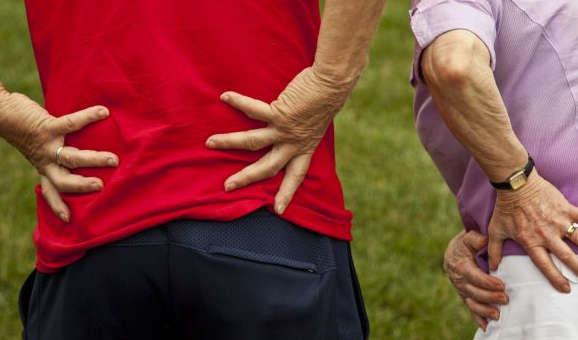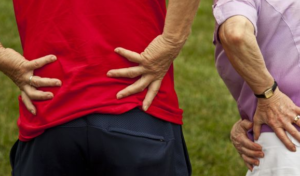
 You may think that you are too young to need to take preventative steps against osteoporosis, but in fact, you are never too young. Until the age of about 30, bone continues to be formed and bone density increases. After age 30, the bone material starts to break down faster than it builds up. The stronger the bones are before 30, the better.
You may think that you are too young to need to take preventative steps against osteoporosis, but in fact, you are never too young. Until the age of about 30, bone continues to be formed and bone density increases. After age 30, the bone material starts to break down faster than it builds up. The stronger the bones are before 30, the better.
Osteoporosis, results in weakened bones that break easily. It is caused by a combination of genetic, dietary, hormonal, age-related, and lifestyle factors. Because the hormone estrogen reduces bone loss and estrogen levels naturally decrease at menopause, older women are more likely to develop the condition. In fact, women have the highest bone density loss during the first 7 years after menopause.
Certain factors place some women more at risk, for instance, having a small, thin body frame; a family history of osteoporosis; being postmenopausal or of advanced age; being Caucasian or Asian; having abnormal absence of menstrual periods; anorexia nervosa or bulimia; diet low in dairy products or other sources of calcium and vitamin D; inactive lifestyle; long-term use of glucocorticoids (medications prescribed for many diseases, including arthritis, asthma, and lupus) anti-seizure medications; gonadotropin releasing hormone for treatment of endometriosis; aluminum-containing antacids; certain cancer treatments; excessive thyroid hormone; cigarette smoking; excessive use of alcohol; and high salt, protein, and caffeine intake.
Osteoporosis can be prevented or reduced through diet and exercise. Even a rich calcium and vitamin D diet for children and young adults can counteract the natural bone loss that will commence about age 30. For adult women, such a diet is crucial for bone health. In addition, weight-bearing exercise, such as walking, stair climbing, aerobics or jogging, build up bone and muscle strength. The conditioning from the exercise can also help prevent falls, and thus fractures. Individuals with osteoporosis already can reduce bone loss and regain bone strength through diet and exercise.
One way to counteract the menopause-induced bone loss is through the use of hormone replacement therapy (HRT.) Hormone replacement therapy consists of a combination of estrogen and progestin: estrogen to reduce bone loss and reduce the risk of fractures plus progestin to reduce the risk of endometrial cancer. Since an accelerated loss of bone occurs in the first years after menopause, HRT is most effective the sooner it is started after menopause.

Leave a Reply